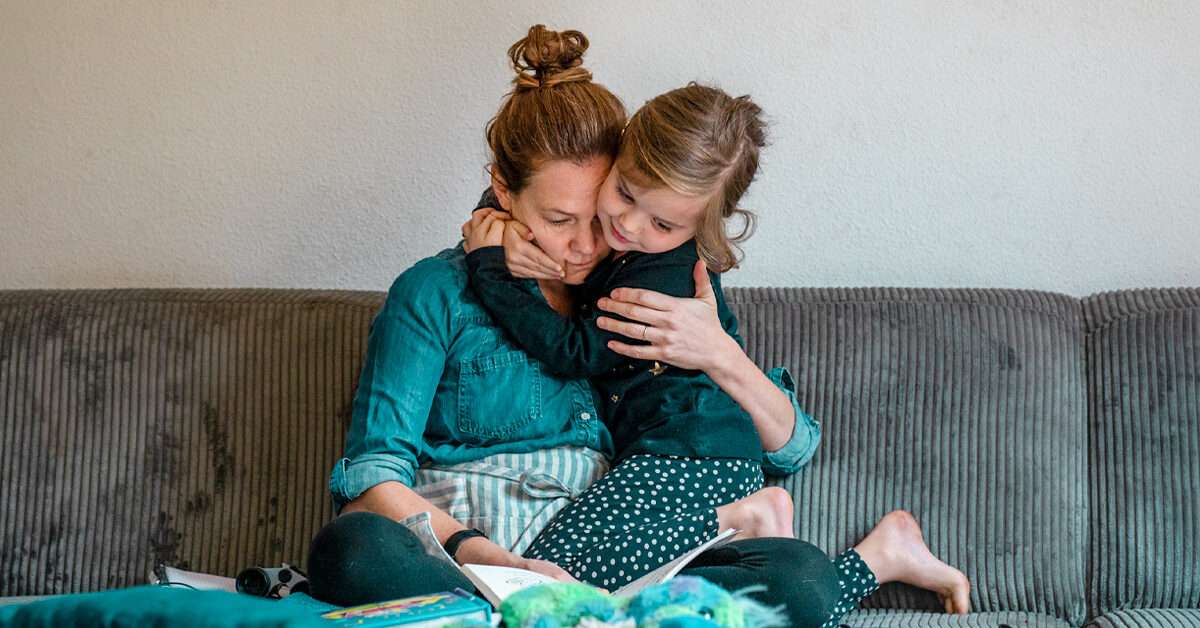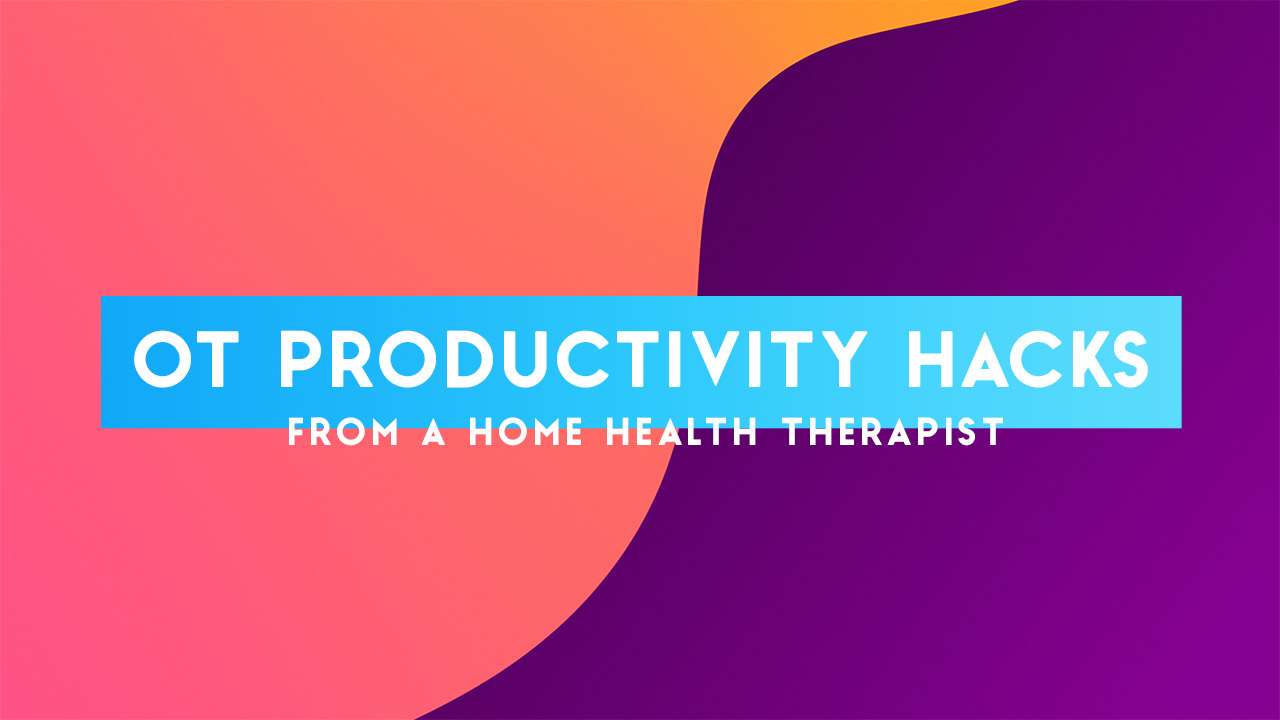
Share on Pinterest
Lisa Wiltse/Getty Images
By age 16, more than two-thirds of children report experiencing at least one traumatic event, according to the Substance Abuse and Mental Health Services Administration (SAMHSA).
Fortunately, the right therapy can help children, adolescents, teens, and adults find ways to heal and cope with the effects of traumatic experiences like abuse, community violence, natural disasters, neglect, and sudden loss of a loved one.
Here, we discuss childhood trauma, the different types, how it may affect you, signs to be aware of, and treatment options for children and adults.
What is childhood trauma?
A traumatic event poses a threat to a child’s life or physical safety. This includes events that are frightening, dangerous, or violent.
For some kids, there may be no time for healing between traumatic events — their life is in an almost constant state of chronic stress and trauma.
Examples of childhood trauma include:
- physical abuse
- sexual abuse
- psychological and emotional abuse
- neglect
- natural disasters like hurricanes, earthquakes, or fires
- homelessness
- racism
- serious accidents or life threatening illness
- violent loss of a loved one
- sexual exploitation
- refugee and war experiences
- community and school violence
- witnessing or experiencing family or partner violence
- military stressors like loss, injury, or parental deployment
How childhood trauma may affect you
Childhood trauma affects each person differently. However, there are some common signs and symptoms to watch out for in both kids and adults.
In preschool and elementary-age children:
- separation anxiety
- becoming anxious and fearful
- difficulty sleeping and increase in nightmares
- crying or acting out
- decrease in appetite
- moodiness
- increased aggression and anger
Teens can experience all of the signs mentioned above, plus the following:
- irritability
- withdrawal from social activities
- academic problems
- self-blame for the event (guilt and shame)
- feeling depressed
- difficulty concentrating
- eating disorders and other self-harm behaviors
- increase in behaviors like sexual activity and alcohol or drug use
In adults, unresolved childhood trauma can take on many forms. For example, female adults who experience sexual abuse as a child or teen often show signs of post-traumatic stress disorder (PTSD), distorted self-perception, shame, fear, guilt, self-blame, humiliation, and chronic physical pain, according to the American College of Obstetricians and Gynecologists.
Adults dealing with PTSD from childhood trauma can struggle in their jobs, interpersonal relationships, and with their own mental health.
Here are some emotional, physical, and behavioral signs to be aware of:
- anxiety
- depression
- panic attacks
- poor concentration
- fatigue
- impulsiveness
- problems with sleep
- chronic health conditions
- compulsion
- self-harm
- chronic stress and inflammation
- isolation
- eating disorders
- suicidal ideation
What other mental health conditions may be related to childhood trauma?
Childhood trauma can have consequences well into adulthood. One 2019 study found that adults in psychiatric outpatient programs experienced a higher rate of traumatic events as kids compared to adults not in treatment.
Another 2019 study looked at data from 1,420 participants and found that those with childhood trauma experienced adverse outcomes in adulthood including mental illness, addiction, and health problems.
The participants were interviewed annually as children and then four more times during adulthood (at ages 19, 21, 25, and 30) over 22 years.
Of the 1,420 participants, 30.9 percent said they experienced one traumatic childhood event, 22.5 percent experienced two traumatic events, and 14.8 percent experienced three or more.
The effects of trauma at a young age can result in mental health conditions including:
- PTSD
- anxiety disorders
- major depressive disorder
- eating disorders
- substance and alcohol use disorders
Experiencing sexual abuse as a child can also increase suicide ideation in adults, according to results from a 2017 survey.
What’s the outlook for people who’ve experienced childhood trauma?
Long-term effects of childhood trauma can increase the risk of mental health conditions like PTSD and depression, chronic illness, or substance use disorders.
However, with the right therapy, the outlook for people who’ve experienced childhood trauma is positive.
Depending on the type of trauma and how long it occurred, treatment may take a while, especially if you’re addressing these issues as an adult.
The bottom line
Therapy for childhood trauma can help lessen the impact of abuse, neglect, witnessing violence, natural disasters, and serious accidents or life threatening illnesses.
Addressing these issues during childhood or adolescence can reduce the risk of developing mental health issues like anxiety and depression or chronic conditions. However, seeking treatment as an adult is also beneficial, helping you identify trauma and deal with its effects.
Trauma work can be precarious and unpredictable, so your therapist will need a thorough grasp of how to lead you through it without causing harm. If you decide to do this in residential treatment, you’ll likely be paired with a therapist who specializes in trauma work—someone who truly gets the process and can lead you through it safely.
The important thing to remember is that you need your therapy to work for you, and that means that it’s okay to acknowledge it if you feel that you and your therapist aren’t the right fit. They’ll all have different styles, and one in particular may feel good to you while others don’t. Don’t give up—just talk to them directly about it, if you feel comfortable, and if you don’t, try reaching out to someone else on your treatment team (perhaps a psychiatrist or your admissions counselor) to see if there are ways that you can switch things up. You may feel more comfortable sharing with someone of the same gender, or with someone who has a particular background—like women’s issues, or drug and alcohol treatment—and it’s more than okay to be open about that.
Safety and Stabilization
Trauma work begins with a period of safety and stabilization. Ultimately, your therapist’s goal is to make sure that you understand that safety is the single most important factor in each of your sessions. If a therapist were to begin without this period, they could risk retraumatizing you by asking you to relive traumatic memories you’re not yet ready to deal with—and that’s the exact opposite of what you want to do.
Even if you feel ready to talk about your trauma from the get-go, you and your therapist will need to do some work to make sure that you have adequate supports in place before you do. That might be a list of coping skills you can use if you feel triggered during sessions (or after them), and a network of family, friends, and outside resources you can reach out to for help in moments of crisis. They can also structure sessions in ways that protect you from unintentional retraumatization by asking you to manually step away from your trauma in moments of overwhelm. Because childhood trauma work can bring up feelings of shame and self-harm, your therapist will only guide you into the next phase of treatment when they’re sure that you’re ready—because above all else, their goal is to keep you safe.
Processing and Acknowledging Trauma
Once you and your therapist have established your sessions as a place of safety, there are a number of different ways your trauma work can take shape. If straightforward talk therapy works for you, take it and run with it, but if it doesn’t, that’s okay, too.
One alternative option is Somatic Experiencing Therapy (SE)—a holistic approach to treating trauma disorders that focuses on releasing the negative energy that lingers in your body after childhood trauma. SE stabilizes trauma victims by invoking a release of energy—as opposed to trying to connect specific past events to current behaviors. Notably, an SE session may not even approach the trauma directly—just the emotions and physical sensations it creates—and that means it’s an excellent alternative for those whose trauma triggers prevent them from approaching trauma with more traditional therapeutic methods.
Another option for addressing childhood trauma is by telling your story through writing. If you feel comfortable doing so, you and your therapist can work together to write your trauma history down as a way to acknowledge that it happened, an empowering experience in which you give yourself permission to come to your trauma honestly and with compassion. Then, you and your therapist can burn the document you write it down on—a literal act of moving on without it. For many, this is a moving, cathartic way to approach traumatic memories, one that gives them the space to tell their story through their eyes rather than the eyes of parents or friends or anyone else who may have tried to take control of the narrative. Interestingly, people who engage in this kind of trauma writing experience fewer illnesses (both physical and mental) after they’ve done so, highlighting its ability to alleviate deep-rooted pain.
There’s no “right” way to work through your trauma; only ways that make sense to you, and ways that don’t. Ultimately, you need a treatment plan that can expand or contract to meet your needs, and that’s why it’s important to find a treatment provider that offers a number of other options.
A Period of Reconnection
The third formal stage of childhood trauma treatment is one in which you’ll begin to imagine a future in which your trauma doesn’t define you or dictate the choices you make moving forward. We know, it’s a pretty big task, but rest assured that it doesn’t have to happen overnight. You can take as long as you need to get there—and you should. During this process, you’ll think about how you can reconnect with people you’ve lost contact with, or build new friendships entirely—friendships that don’t feel driven by your trauma. As an exercise, your therapist may ask you to vocalize what you want your future to look like: a way of saying, “This is what I want for myself” rather than, “This is what my trauma compels me to do.”




